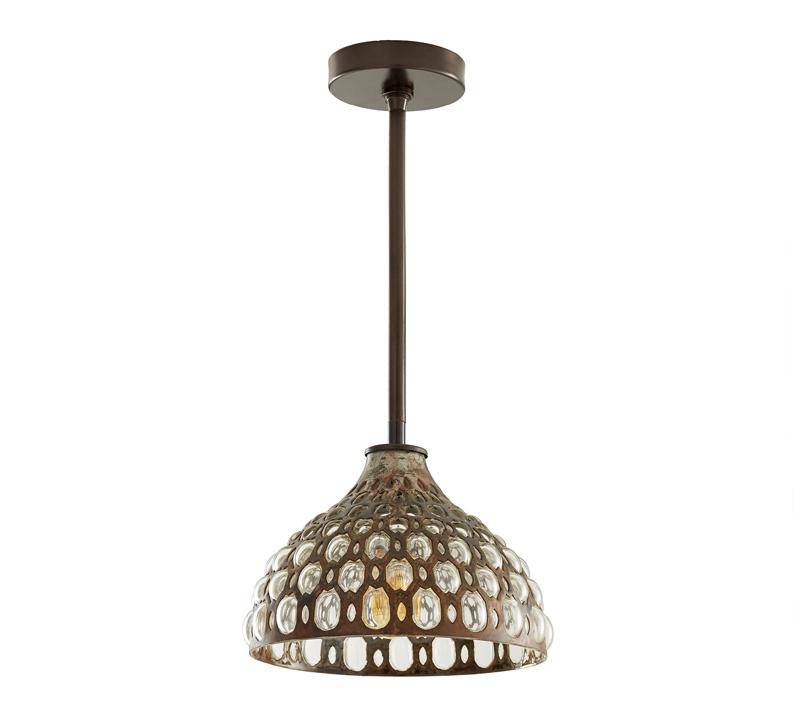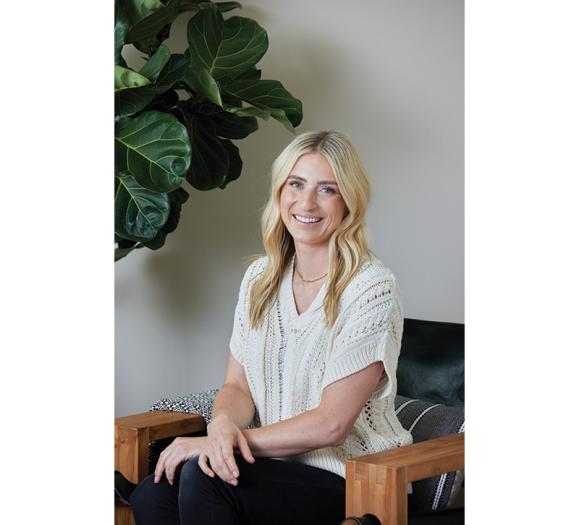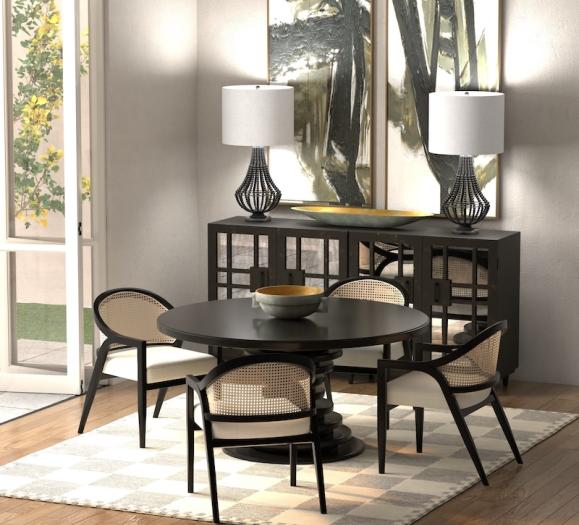Randall Whitehead, IALD, explains the omnipresent UL designation and what it means for your product offering.
Q.: Randall, what is a UL lighting listing, and why is a label from UL required on light fixtures?
A.: UL (Underwriters Laboratories) is a testing facility for light fixtures (and other electrical devices) that vouches for the safety of the product. Electricians won’t install non-UL fixtures, and inspectors won’t allow them on jobs. Without a UL label, you have no idea how potentially dangerous a fixture may be.
There is a huge liability if the fixture catches fire or electrocutes someone due to a manufacturing defect. It is well worth it to make sure that the light fixtures you sell have a UL listing (the Lenny pendant from Arteriors Home above lists its UL approval on its website). They come in three varieties: the designation Dry Location applies to fixtures designed to be used indoors, Damp Location means the fixture can be used outside in an area protected from direct contact with water, and Wet Location guarantees the fixture can be used where it comes in direct contact with water, including exterior locations, showers, saunas, etc.
Occasionally, your company may get solicitations online or through the mail to purchase fixtures from foreign countries. Often these fixtures look wonderful and seem to be offered at a great price. But here’s where “buyer beware” really applies. They may not have a UL label, meaning that you would potentially be responsible if the fixture malfunctioned. Is it illegal for manufacturers to sell fixtures without UL testing? No.
Manufacturers in Europe, Asia, Malaysia and South America are not required to get a UL listing when selling to countries other than the United States because those countries don’t require it. Those manufacturers in other countries that do want to sell their goods here must go through the testing process when they introduce their lines to the U.S. market. Because it is so costly, what we see in the United States coming out of other countries is often one-tenth of a manufacturer’s product line.
They normally pick the line items that will sell best to help amortize the cost of the testing. ETL (Edison Testing Laboratories), another U.S.-based testing laboratory, is an alternative to UL. Approval from Canada’s own testing laboratory, CSA (Canadian Standards Assn.), is required on fixtures manufactured in that country or imported from other countries.
According to its website, CSA conforms to UL standards and is therefore recognized as safe for the U.S. market. I have personally found that some electrical inspectors won’t recognize ETL or CSA labels as valid alternatives to UL, even though they are. I think it’s like Coke. Their marketing is so pervasive that Pepsi, an equally refreshing brown carbonated beverage, gets less respect.







